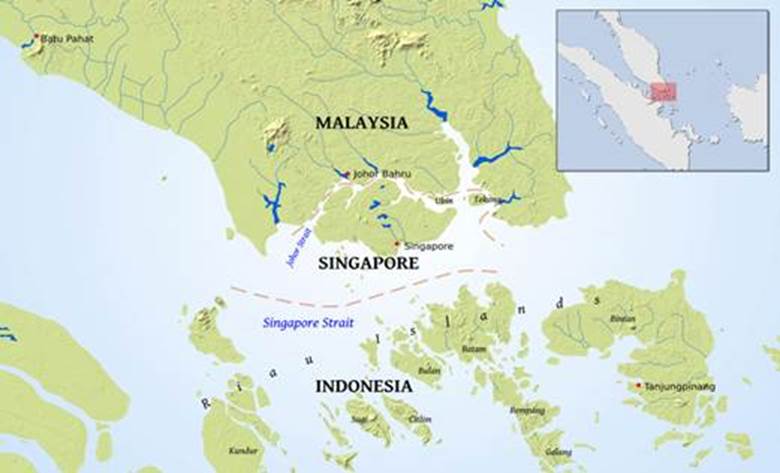Free Courses Sale ends Soon, Get It Now


Free Courses Sale ends Soon, Get It Now



Copyright infringement not intended
Context:
Background:
Framework of the Bilateral Relationship
Defence and Security Cooperation
Science & Technology Cooperation
Trade, Economic and Development Cooperation
FinTech & Innovation:
Cultural Cooperation:
Indian Community:
Singapore:
https://www.pib.gov.in/PressReleasePage.aspx?PRID=1860687
© 2024 iasgyan. All right reserved